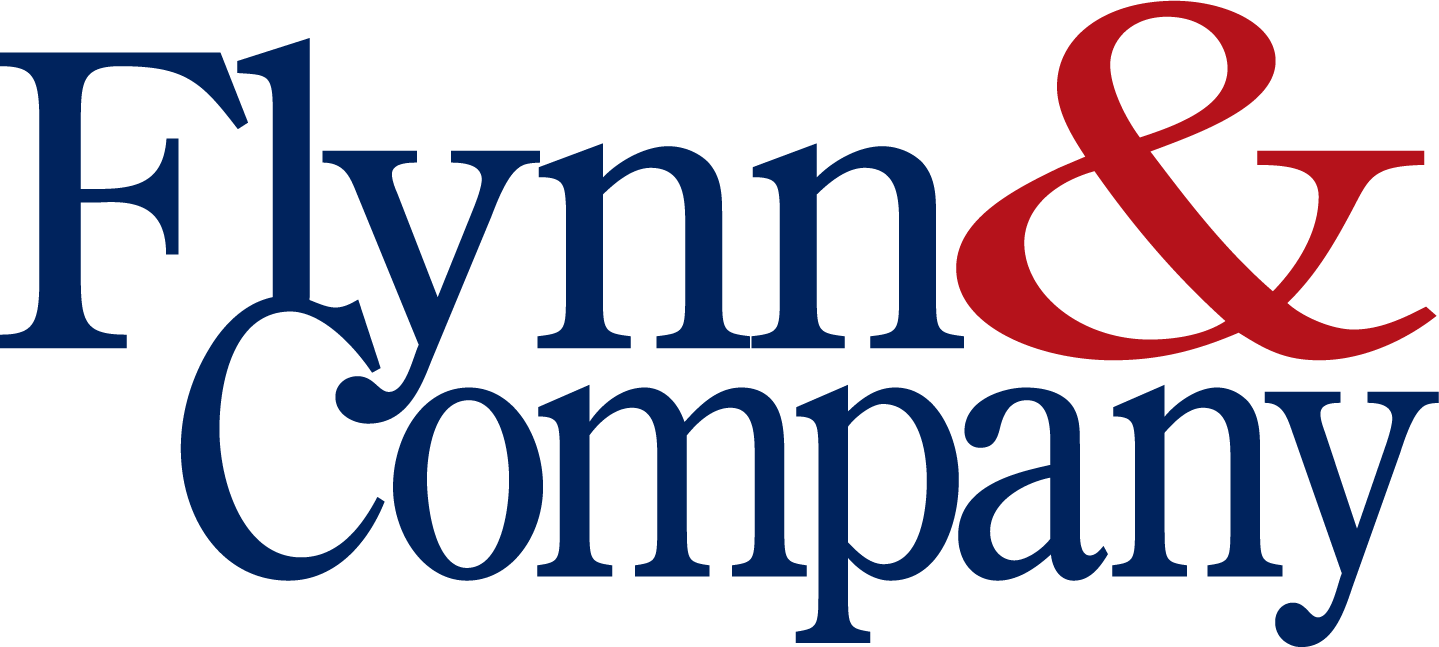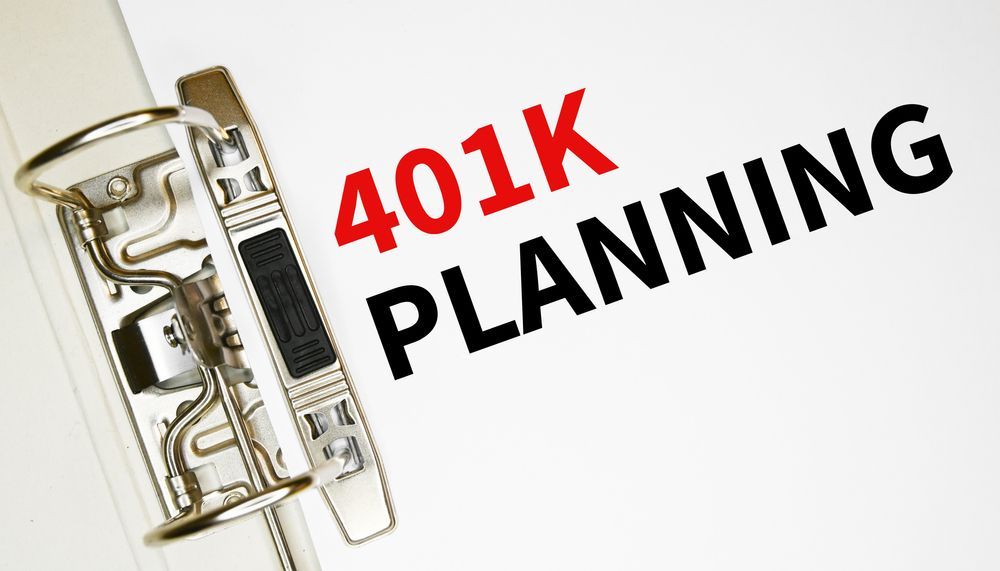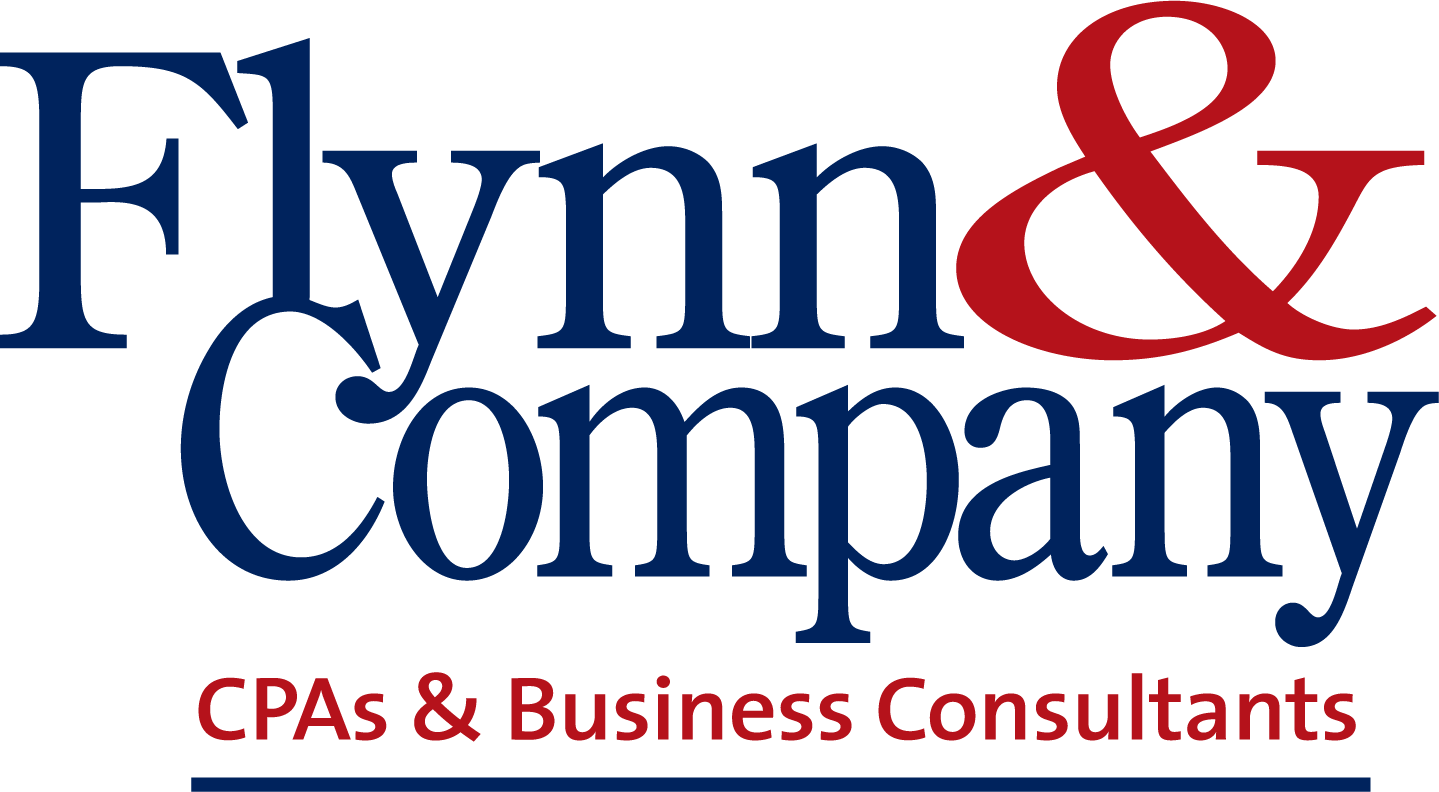What is the Employee Retention Tax Credit?
Written by: Flynn & Company
What is the employee retention tax credit, and did you receive ALL you qualify for? The Pandemic-era Employee Retention Tax Credit allowed employers like you to claim a credit on qualified wages, like specified health insurance costs you pay to employees. Generally, these include all 304(1) wages.

Even though the credit itself is no longer in effect, you still have time to make sure you didn't miss out on credits you qualified for. The business community has been through so much turmoil over the past few years. The ERTC doesn't completely undo the damage, but it could mean you have a little more money to invest in your business. It's worth taking a look!
Key Takeaways
- What is the employee retention tax credit (ERTC) as it stands today?
- Those who weren't initially eligible may be now.
- The ERTC deadlines are fast approaching.
- Here's how to file.
What is the Employee Retention Tax Credit?
The Employee Retention Credit (ERC) is a refundable tax credit for both businesses and tax-exempt organizations. It was designed to encourage employers to keep their workforces intact during the COVID-19 pandemic. Even though it's been around since 2020, questions about it remain for many employers. It's been hard to keep up with so many changes, expansions, and consolidations of the original legislation. Many eligible people may not know it.
ERTC Eligibility
You might be surprised! Even if you found your business excluded when the law was first passed, you may be eligible now. The early 2020 legislation established initial eligibility guidelines. However, it was revealed later that some of the most impacted businesses had been inadvertently excluded from the relief (and the incentive) the credit intended to provide. New laws followed to expand and clarify eligibility. We'll break those down for you, but first...
Here's a quick rundown of current eligibility requirements:
Eligibility depends on 3 basic factors:
- The time for which you're claiming your tax credit
- Your type of business
- Business Impact
According to the IRS, you may be eligible if you paid qualified wages between March 12, 2020 and January 1, 2022.
To be eligible, you must have:
- Been forced to shut down by a COVID-19-related government order in 2020 or the first 3 quarters of 2021. Or
- You saw gross receipts drop more than 50% compared to the same quarter in the previous year (until gross receipts exceeded 80% of gross receipts in the earlier quarter). Or
- You qualify as a "recovery startup" in the above quarters plus the third and fourth quarters of 2021.

A recovery startup is a business that had the misfortune (or opportunity) of starting up after the government orders began shutting businesses down. More precisely, it's defined as a company that:
- Began operations after February 15, 2020
- Has annual gross receipts of less than $1 million
Additionally, you must have paid qualified wages during this time. And you can file for this credit on your adjusted employment tax return. That means that if you believe now that you should have filed for this credit or for a higher credit than you did, you should now go back and amend your tax return to claim the credit you were eligible for.
ERTC Deadline
Yes, if you're eligible, you can. You have up to 3 years from the program's end date to look back and make sure you receive your maximum credit based on the period and eligibility requirements.
You have until April 15, 2024, to file your amended returns for 2020 (Q2, Q3, and Q4).
For those 2021 qualifying quarters, you have until April 15, 2025, to file.
What this means:
Most businesses (including tax-exempt ones) should claim the credit for wages paid up through September 30, 2021. And if you're a recovery startup (as defined above), you may be able to claim the credit on wages up through December 21, 2021.
As we enter a new tax season and put the pandemic behind us, it's important to look back now while you still can to make sure you kept up with the credit as it changed and filed for the credit appropriately. To that end, here are the changes you need to know about.
ERTC Changes
The credit originally equaled 50% of "qualified wages" — including health care benefits — up to $10,000 per eligible employee from March 13, 2020, through December 31, 2020. As a result, the maximum benefit for 2020 was $5,000 per employee.
The Consolidated Appropriations Act (CAA), enacted in December 2020, extended the credit for eligible employers that continue to pay wages during COVID-19 closures or recorded reduced revenue through June 30, 2021. That wasn't the only change the law made to the ERC.
The CAA increased the amount of the credit to 70% of qualified wages, beginning January 1, 2021, and raised the limit on per-employee qualified wages from $10,000 per year to $10,000 per quarter. In other words, you can obtain a credit as high as $7,000 per quarter per employee.
The CAA also expanded eligibility by reducing the requisite year-over-year gross receipt reduction from 50% to only 20%. And it raised the threshold for determining whether a business is a "large employer" — and therefore subject to a stricter standard when computing the qualified wage base — from 100 to 500 employees.
Under the CARES Act, Paycheck Protection Program (PPP) loan borrowers weren't allowed to claim ERCs. Yet, the CAA later provided that employers that receive PPP loans still qualify for the ERC for qualified wages not paid with forgiven PPP funds. (This incentivizes PPP borrowers to maximize the non payroll costs for which they claim loan forgiveness.)
ARPA Changes

With the new American Rescue Plan Act (ARPA) extending the credit and expanding eligibility — and the credit is worth as much as $28,000 per employee for 2021.
Let's brush up on the details:
The ARPA extended the ERC through the end of 2021. It also made some changes that apply solely to the third and fourth quarters of the year. For example, the credit will be applied against an employer's share of Medicare taxes rather than Social Security taxes; excess credits continue to be refundable.
The new law expanded the pool of employers who can take advantage of the credit by establishing a third path — beyond the suspension of operations or decline in gross receipts — to eligibility. This is what expanded eligibility for the "recovery startup businesses".
These employers can claim the credit without suspended operations or reduced receipts. However, it's limited to $50,000 total per quarter.
The ARPA also targets extra relief at "severely financially distressed employers," meaning those with less than 10% of gross receipts for 2021 when compared to the same period in 2019. Such employers can count as qualified wages any wages paid to an employee during any calendar quarter — regardless of employer size. Otherwise, the ARPA continues to distinguish between large and small employers to determine qualified wages.
For large employers that averaged more than 500 full-time employees during 2019 (or 2020 if the employer didn't exist in 2019), qualified wages are those paid to an employee who isn't providing services because of the circumstances that made the employer eligible for the ERC. For smaller employers, qualified wages include wages paid during the period of suspended operations or the calendar quarter in which the gross receipts test was satisfied. That's regardless of whether the employee was working.
Qualified wages can't include wages used to compute other credits, loan forgiveness or certain grants received from the Small Business Administration. This applies to all eligible employers.
Note that the ARPA extends the statute of limitations for the IRS to evaluate ERC claims. The IRS will have five years, as opposed to the typical three years, from the date the original return for the calendar quarter is filed for the credit.
IRS Guidance on "Partial Suspension of Operations"
In early March 2021, before the passage of the ARPA, the IRS issued additional guidance on the ERC. Among other things, it provides some help in determining whether operations were partially suspended because of a COVID-19-related government order.
The IRS has previously stated that "more than a nominal portion" of operations had to be suspended. In Notice 2021-20, it explained that this criterion is met when:
- Gross receipts from the suspended operations are 10% or more of total gross receipts,
- Hours of service performed by employees in the suspended operations are 10% or more of total hours of service or
- Modifications to operations result in a reduction of 10% or more of the employer's ability to provide goods or services.
Your ERC's exact amount will vary depending on the period, your number of employees and other factors. We can help ensure you correctly calculate your credit and don't leave money on the table.
If you have any questions, please do not hesitate to contact our office at (513) 530-9200. The notice provides additional guidance, but it applies only to the ERC in 2020.
How to Apply for an Employee Retention Tax Credit
- Determine your eligibility for ERC by reviewing the above eligibility requirements and subsequent changes to the credit.
- Collect your financial statements, payroll records, previous tax returns, bank statements, and any other documentation you might have related to payroll. View our Tax preparation checklist for more details.
- Contact your Flynn & CO CPA to review your financial records, assess your eligibility, organize your supporting documentation, and ensure you file for the maximum credit you qualify for before time runs out.
- Fill out and file Form 941-X. This is your Adjusted Employer's Quarterly Federal Tax Return or Claim for Refund.
- Once filed, you can check the status of your ERC application online or by phone.
- Get your full ERC refund by direct deposit or check.

Claiming Employee Retention Credit Retroactively
IRS notice Notice 2021-20 does provide some guidance, but only for businesses applying for credit through September 30, 2021. That means that intentionally (or by oversight), no additional guidance was provided for the startups.
The guidance outlines how businesses that reviewed PPP loans should apply. They must file Form 941-X, Adjusted Employer's Quarterly Federal Tax Return or Claim for Refund for each quarter that applies. They also include some examples for various scenarios.
The IRS makes one fact explicit:
If you didn't include PPP forgiveness eligible expenses in your PPP loan forgiveness application, you cannot consider them in your retroactive credit claim. However, it's also vital to make sure all eligible expenses are included in your PPP loan forgiveness application to maximize your credit. These could consist of many costs not associated with payroll, like utilities, rent, employee expense reimbursement, and various operational expenses.
Bottom Line
You may qualify for more employee retention tax credit than you initially thought you did. Even if you've never filed for this credit before, you still have time to file. You can maximize the credit retroactively to offset some of those pandemic-related losses that may still impact your business today. You can invest that money in your business today.
Your ERC's exact amount will vary depending on the period, your number of employees and other factors. Before you invest significant time, it's crucial to explore your eligibility and what (if any) credit you already received. It's vital to ensure that you file for the maximum credit this time. You won't get another chance.
At Flynn & CO, we do more than prepare your taxes. We ensure you correctly calculate your credit and don't leave money on the table. We help you achieve success through practical, innovative, and customized financial solutions. If you have any questions, please do not hesitate to contact our office at (513) 530-9200.





